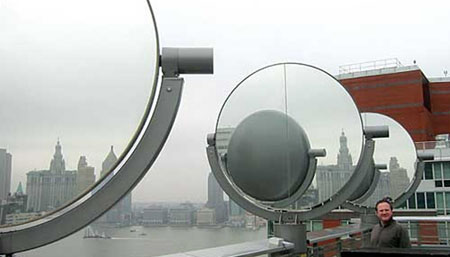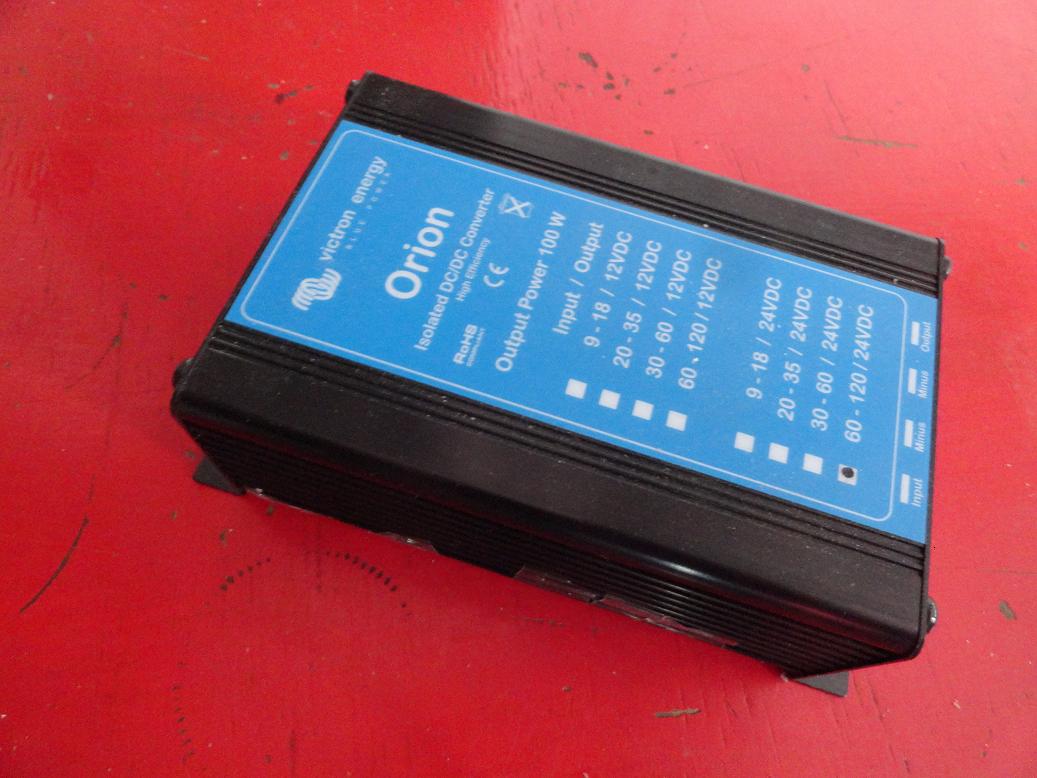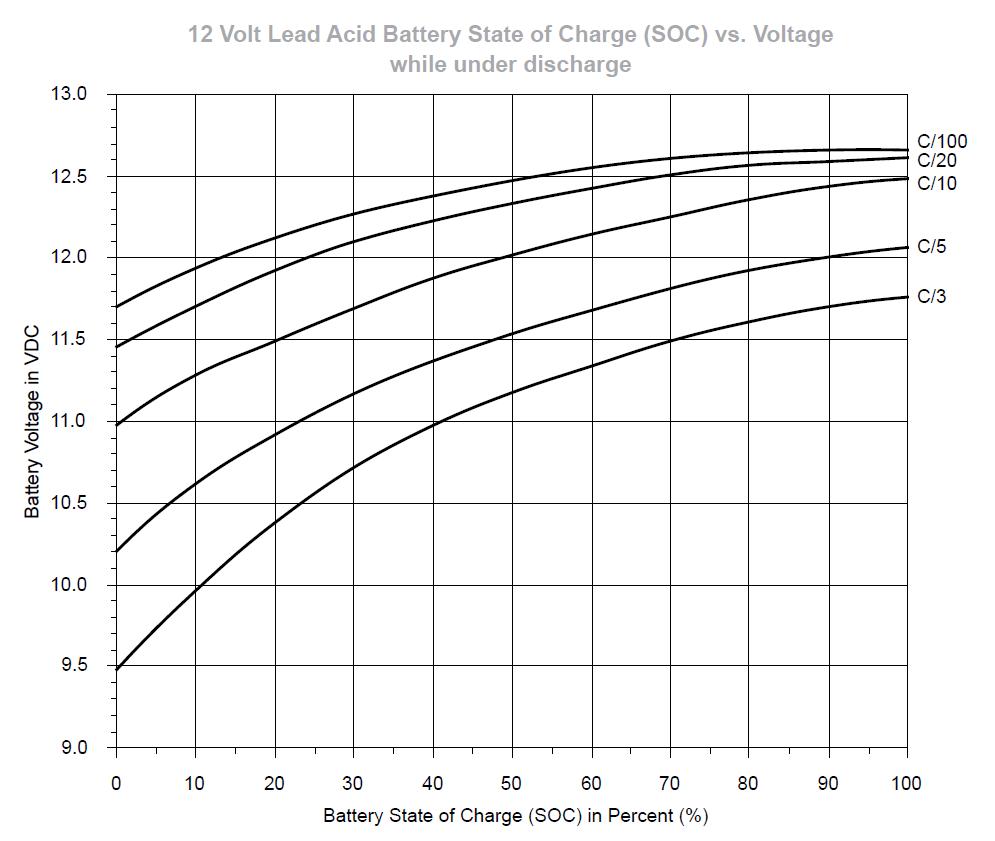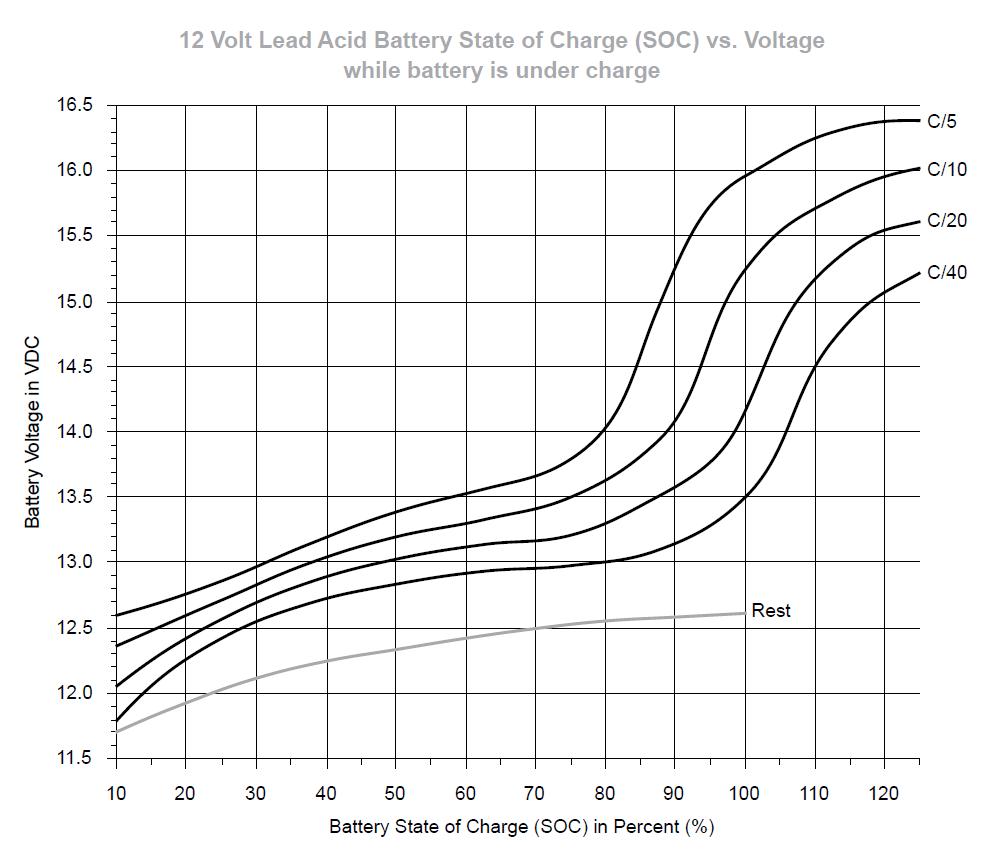Part 1
Solar panels spit out voltages of 21-38-104 Volt at various amperages. Usually these are used to feed a grid tied inverter, leaving most of the house using the AC voltage. Inverters are expensive however, and systems with either nothing between the panels and some usefull appliance or with batteries in between are interesting for cutting cost.

We wrote about daylight systems, using a solar panel and LED lighting to light areas dark during the day. We proposed a system for that so that solar power and power from the net merge, and everything works all the time. These systems can light offices and hallways that are usually dark and require artificial lighting.
The ROI of daylighting systems is high, because of the lack of an inverter in combination with much more efficient lightsources (there’s even a code for it when used with fluorescent lighting).

Heliostats, or automated mirrors
Another approach to daylighting is the heliostat, a mirror that directs sunlight into the house by tracking the sun. Heliostats can also be used to generate heat by lighting a (Trombe) wall, possibly through a window. The efficiency of directed light is very high, usually the mirror takes 5-15% of the solar energy, the rest ends up where you want it. Light travels without energy loss untill it hits something.
Battery systems
There’s a huge industry dedicated to battery systems. Uninterrupted power supplies, that power digital systems are everywhere to ensure the machines keep running. The can be quite expensive. A lot is made of the way batteries are charged, because the design of the most common one (lead acid) is flawed causing it to break down and be very sensitive to abuse. Edison batteries (NiFe) don’t have these problems, but they are priced almost accordingly relative to lead acid, something banks will force companies to do to maximize ‘profit’. NiFe batteries last at least 50 years, but are three times as expensive as lead acid. We hope to build a NiFe system soon.

Our team is charging your battery
Being stuck with lead acid means charging is a challenge, or not. As long as batteries don’t discharge fully and are not overcharged or charged to fast you may enjoy their use for the specified time. That does not require a Appollo mission control on standby at all times. Mind you a car battery does not have a small refigerator in electronics attached to it. It’s usually wired directly to the dynamo/generator.
Lead acid battery voltage when they are in use (source)
The three critical things are overcharging, charge speed, and running to low. Overcharging is prevented by setting the maxium charging voltage. The discharge voltage runs up to 12,7 Volt. To charge the voltage is usually limited to 14 Volt, which can get a battery up to 80% charged. Maximum used voltage can be 16,3 Volt. The problem with lead acid is that overvoltage causes chemical reactions that creat toxic fumes. Some batteries are sealed so apart from the toxicity this creates a risk of explosion.
Lead acid battery voltage when they are being charged (source)
As the state of charge of a battery rises and the voltage difference deminishes the rate at which it is charged also slows down. To maximize the rate of charge some charging controllers will always keep the voltage offered to the battery at the maxium possible, which may mean lower than the maximum voltage shown above. To do this the voltage offered must be changed dynamically, which can be done with electronics. If one plans to use the battery between 20% and 80% of its charge (so not as some kind of suvival store) this is not really necessary.
The rate of charging, or current while charging, has to be limited to what the battery can take. If the normal chemical reaction of the battery can’t accept all the energy offered other reactions occur. Also the lead electrodes deteriorate faster (the ultimate point of failure of all lead acid batteries). The rate of charge can be limited by a charging converter, or by ensuring the power source can’t generate more than the safe current. The Cxx numbers in the graph actually related to the rate of charge, which can be found by dividing the battery Ah capacity by the number.

CIS based panels in Poortugaal (roof of glass front). Some are not being used.
A simple solar charging system
We build a system for running LED lights in the evening from panels that are part of a building integrated system. The panels deliver 84 to 104 Volt each (CIS). We decided to first turn that voltage into something more usefull, like 24 volt. We could have gone with a 12 volt charging DC/DC converter right away, but wanted to leave an option for a 24 volt busline. An important added advantage is that the varying output of the panel is turned into a steady 24 Volt.

It wasn’t easy to find a converter in the CIS panel output range. This version creates 24 volt at 100 Watt, so less than the typical CIS panel produces (150-160). The converters are fine as long as the input voltage is not exceeded. Another option was a 12,5 Volt at 200 Watt converter, but that would not allow us to put 14 Volt on a battery for charging.
For direct use during the day one stage of DC/DC conversion suffices. But to use LED at night the 24 volt needs to charge a battery. You could say these stages are inefficient, but we are working with a surplus of solar energy and these DC/DC conveters are very efficient.

DC/DC converter with voltage and current regulation
These DC/DC conveters can be bought off Ebay. They convert any voltage up to 35 Volt to a range you can set between 1,25 Volt and 33 Volt. It also allows the maximum current to be set. This is not possible with all CD/CD converters offered, they can be quite dangerous in fact, and fuses should always be used (also with batteries as currents from lead acid can also be a fire hazard).
The resistance of an LED drops as it draws more current
The step from the battery to the LED lights can thus be precisely regulated. This so the voltage and current on the LED can be set exactly right. LEDs need current control because their resistance drops as the voltage increases. So offering a voltage that is too high means they will draw all the current they can and burn. The way these DC/DC converters do it is by actually limiting the amount of energy converted, which is more efficient than using a resistor to dissipate excess current.

